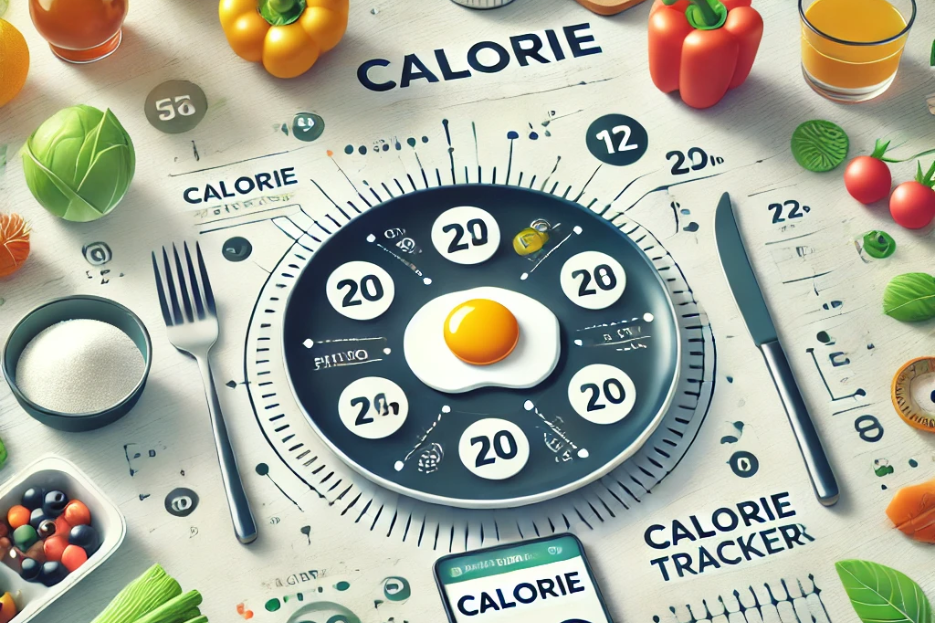Managing your caloric intake is essential for achieving health and fitness goals, whether you aim to lose weight, maintain your weight, or gain muscle mass. In this article, you will learn step by step how to calculate and track your caloric intake.
1. Determine Your Basal Metabolic Rate (BMR)

What is BMR?
The Basal Metabolic Rate (BMR) is the number of calories your body burns at rest to maintain vital functions like breathing, blood circulation, and digestion. It represents the minimum energy required for survival.
How to Calculate Your BMR?
Using the Mifflin-St Jeor equation, you can calculate your personalized BMR:
- For women:BMR=10×weight (kg)+6.25×height (cm)−5×age (years)−161
- For men:BMR=10×weight (kg)+6.25×height (cm)−5×age (years)+5
Practical Example:
If you are a 30-year-old woman weighing 65 kg and 170 cm tall, your BMR would be:
BMR=10×65+6.25×170−5×30−161=1448 calories/day.
2. Consider Your Activity Level

To find out how many calories you burn daily (TDEE), take into account your level of physical activity. Use one of the following multipliers:
- Sedentary: BMR × 1.2
- Lightly active: BMR × 1.375
- Moderately active: BMR × 1.55
- Very active: BMR × 1.725
Practical Example:
If your BMR is 1448 calories/day and you have a moderately active lifestyle, your TDEE would be:
TDEE=1448×1.55=2244 calories/day.
3. Set Your Caloric Goal

Once you know your TDEE, adjust your caloric intake based on your goals:
For Weight Loss:
Create a caloric deficit by subtracting 500 calories from your TDEE.
For example:TDEE=2244
Deficit: 2244−500=1744 calories/day.
For Weight Gain:
Add 250 calories to your TDEE.
For example:TDEE=2244
Surplus: 2244+250 =2494 calories/day.
Avoid Extremes:
- Consuming too few calories (<1200 for women and <1500 for men) can harm your metabolism and overall health.
- Excessive caloric surpluses can lead to unwanted fat gain.
4. Track Your Caloric Intake

How to Monitor Your Calories:
- Use a Calorie Tracking App: Apps like MyFitnessPal, Lose it!, Lifesum or Cronometer are excellent for logging your daily food intake.
- Weigh Your Food: Use a kitchen scale for accuracy.
- Read Labels: Check the nutritional information on food packaging.
Example Meal:
If you eat:
- A salad with 100 g of chicken breast (165 calories),
- 50 g of rice (180 calories),
- 1 tablespoon of olive oil (120 calories),
- A snack of one apple (95 calories), Your total intake is 560 calories.
5. Adjust as Needed
Track your progress weekly:
- If you’re not seeing results, adjust your calories by ±100–200.
- Be patient: it may take a few weeks to find the right balance.
Conclusion
Calculate your BMR, adjust it based on your activity level, and set a realistic caloric goal. With patience and consistency, you’ll be on your way to achieving your health and fitness objectives!






